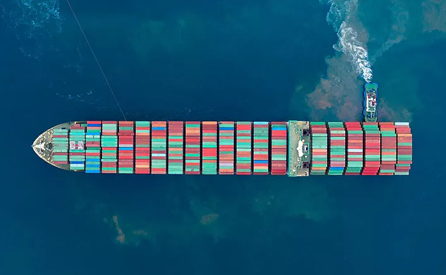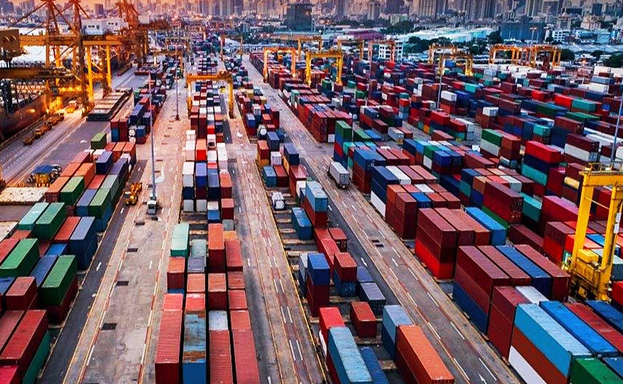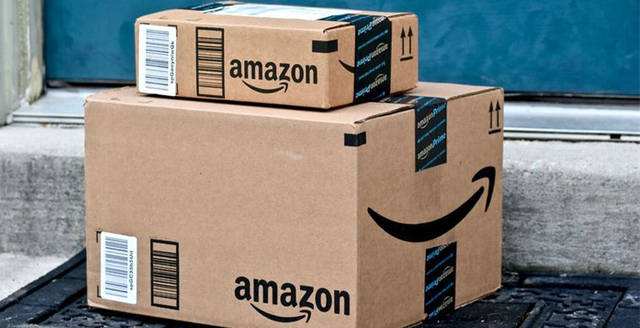
Rocket Consultation
Aggregation of cross-border logistics information
How is air freight shipped in international logistics?
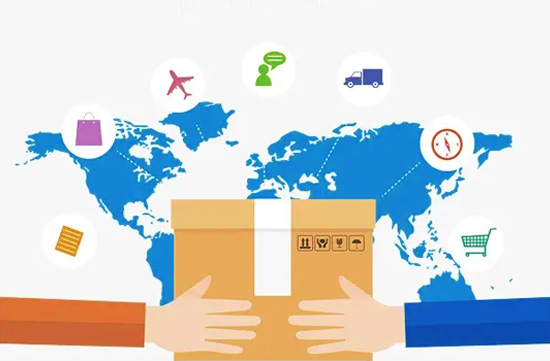
International logistics
1: Shipper
1: Provide cargo information: product name, number of pieces, weight, box size, destination port and consignee name, address, phone number, shipping time, shipper name, phone number, address.
2: Required customs declaration documents:
A: List, contract, invoice, manual, verification form, mechanical and electrical card, etc.
B: Fill in the customs declaration authorization letter and stamp it with a blank letter for backup during the customs declaration process, and submit it to the entrusted freight forwarder or customs broker for processing.
C: Confirm whether there is import and export rights and whether the product requires quotas.
D: According to the trade method, the above-mentioned documents or other necessary documents shall be handed over to the entrusted customs broker or customs broker for processing.
3: Looking for a freight company: Shippers are free to choose a freight company, but they should choose a suitable agency based on freight rates, services, as well as the strength of freight forwarders and after-sales services.
4: Inquiry: Negotiate freight rates with the selected freight company, and classify air transportation prices into:
M N+45+100+300+500+1000
Due to the different services provided by various airlines, the freight rates they offer to freight companies also vary. Generally, the larger the weight class, the more favorable the price. You can also apply for more favorable freight rates.
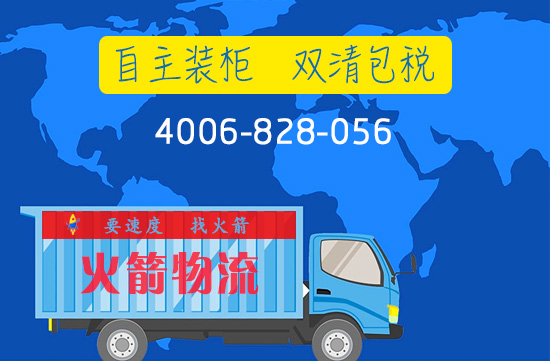
Rocket Logistics Freight Forwarder
2: Freight Company
1: Power of Attorney: After the shipper and the freight company have determined the transportation price and service conditions, the freight company will provide the shipper with a blank "consignment letter". The shipper will truthfully fill out this consignment letter and fax or return it to the freight company.
2: Commodity inspection: The freight company will check whether the content of the authorization letter is complete (incomplete or non-standard items need to be supplemented), understand whether the goods need to undergo commodity inspection, and assist in handling the goods that need to undergo commodity inspection.
3: Booking: According to the shipper's "power of attorney", the freight company makes a booking with the airline (or a designated airline by the shipper) and confirms the flight and relevant information to the customer.
4: Receiving:
A: Shipper self delivery: The freight company should fax the warehouse entry diagram of the goods to the shipper, indicating the contact person, phone number, delivery address, time, etc. In order to ensure timely and accurate warehousing of goods.
B: Freight Company Receiving Goods: The shipper needs to provide the freight company with specific receiving address, contact person, phone number, time, and other relevant information to ensure timely warehousing of the goods.
5: Transportation cost settlement: Both parties should determine when the goods are not received:
Prepaid: local payment, collect payment: destination port customer pays the fee
6: Tip:
A: Transportation methods: direct transportation, air to air transportation, and sea air intermodal transportation.
B: Freight composition: Air freight (based on the negotiated freight rates between the freight forwarder and the shipper), customs clearance fees, fuel surcharges, war insurance (based on the airline's fees), ground handling fees at the freight station, and other miscellaneous fees that may arise due to different goods.

Rocket Logistics US Air Transport
3: Airport/airline cargo terminal:
1: Tallying: After the goods are delivered to the relevant freight station, the freight company will create a main label and sub label based on the airline's waybill number, which will be affixed to the goods for easy identification by the cargo owner, freight forwarder, freight station, customs, airline, commodity inspection, and consignee at the port of origin and destination.
two
Weighing: Hand over the labeled goods to the freight station for safety inspection, weighing, and measuring the size of the goods to calculate the volume weight. Afterwards, the freight station will write the actual weight and volume weight of the entire order of goods into the "collectible transport book", stamp it with the "security inspection seal", "collectible transport seal", and sign for confirmation.
3: Billing: The freight company will input all cargo data into the airline's waybill based on the "collectible transport book" of the cargo station.
4: Special handling: Due to the importance, danger, and shipping restrictions (such as oversized, overweight, etc.) of the goods, the freight station will require the representative of the carrier airline to review and sign a statement before entering the warehouse.
4: Commodity inspection:
1: Documents: The shipper must provide a list, invoice, contract, and inspection authorization letter (provided by the customs broker or freight forwarder)
2: Schedule an inspection time with the commodity inspection team.
3: Inspection: The Commodity Inspection Bureau will take samples of goods or conduct on-site evaluations to make audit conclusions.
4: Release: After passing the inspection, the Commodity Inspection Bureau will provide certification on the "Inspection Authorization Letter".
5: Tip: The commodity inspection shall carry out corresponding operations according to the "product code" regulatory conditions of various goods.
6: Working hours for commodity inspection: 8:30-12:00
13: 30-17:30

Rocket logistics customs declaration
5: Customs broker:
1: Receiving and delivering orders: Customers can choose their own customs clearance agency or entrust a freight company to handle customs clearance. However, regardless of the situation, all customs clearance documents prepared by the shipper, along with the "collectible transport certificate" of the cargo station and the original waybill of the airline, need to be submitted to the customs clearance agency in a timely manner to facilitate timely customs clearance and transportation of the goods.
2: Pre entry: The customs broker will organize and improve all customs declaration documents based on the above documents, and input the data into the customs system for pre review.
3: Declaration: After the pre record is approved, a formal declaration procedure can be carried out, and all documents can be submitted to the customs for review.
4: Delivery time: According to the flight schedule, the cargo documents that need to be cleared at noon must be handed over to the customs broker no later than 10:00 am; The goods documents that need to be cleared for customs clearance in the afternoon should be handed over to the customs broker no later than 15:00 in the afternoon. Otherwise, it will increase the burden on the customs declaration speed of the customs broker, and may also cause the goods to not enter the expected flight, or cause the freight station to charge overtime fees due to emergency situations;
5: The working hours of the customs broker are: 8:30-17:30, but they can work at any time according to customer needs.
Air freight must be delivered to the warehouse at noon one day in advance, and the goods can only be declared after they arrive at the warehouse.
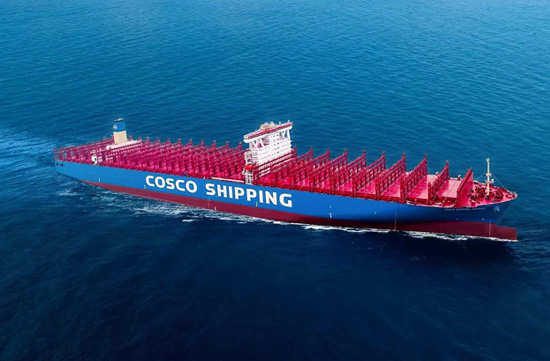
International logistics and sea transportation
6: Customs
1: Document review: The customs will review the goods and documents based on the customs declaration materials.
2: Inspection: Random inspection or self inspection by the freight company (at their own risk).
3: Taxation: The customs collects taxes based on the type of goods and in accordance with national laws and regulations, and fills out a verification form (for the owner to refund taxes after the goods are exported).
4: Release: After the above procedures are completed, the customs will release the goods, stamp the customs release seal on the relevant documents, and hand them over to the relevant customs broker.
Note: The customs clearance time for air cargo is generally half a working day.
Customs working hours: 8:30-12:00
13: 30-17:30
The customs receipt time is from 09:00 to 16:30. During the Golden Week and Saturday, some people work overtime, but generally do not accept declaration. The clearance time is the same day.
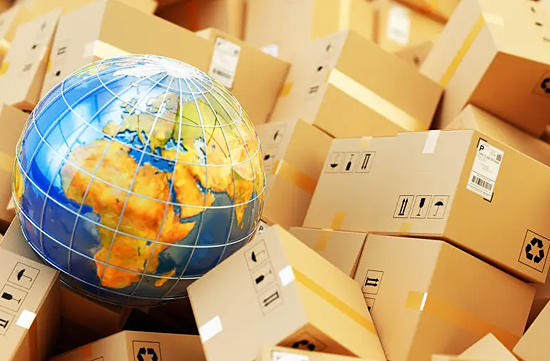
International logistics and air transportation
7: Airlines:
1: Cabin arrangement: The airline arranges a loading table for goods that have been released by customs based on their size and weight, and hands them over to the cargo station for cargo loading or pre allocation.
2: Loading: After the goods are boxed or pre assembled, the loading work is carried out, and the transfer port and destination port are notified according to the loading manifest, in order to facilitate the smooth transfer and arrival of the goods.
3: Tip:
Volume of goods=length of goods (cm) × Width (cm) × Height (cm) ÷ 1000000=cubic meter × Total number of goods
Volume weight=cargo volume in cubic meters × 167kg × Total number of goods
Actual weight=the physical weight obtained from weighing the goods
Billable weight=the weight of the volume compared to the actual weight, whichever is greater, used to calculate the transportation cost.
Heavy cargo: The actual weight of the goods is greater than the volumetric weight
Dumping: The actual weight of the goods is less than the volumetric weight
The airline will charge freight to the freight company based on the billing weight, and the freight company will also charge freight to customers based on the billing weight. The freight station will also charge ground handling fees to the freight forwarder based on the billing weight.
Cargo pulling: Cargo pulling situation: 1. Due to the passenger's excessive luggage, the cargo space is insufficient, resulting in the already loaded goods being temporarily pulled down.
2. Due to doubts raised by the customs investigation department regarding a certain shipment, the goods cannot be transported.
3. Due to climate reasons, the aircraft needs to temporarily increase its fuel capacity, which leads to overloading of takeoff and landing weights, resulting in cargo being pulled down and the load being controlled.
4. Due to commercial or other reasons, the airline, freight forwarder, and cargo owner request to suspend operations, resulting in cargo pulling.

Special Line to the United States
8: Destination Port
1: Direct to destination port: The consignee named on the air waybill will clear customs and collect the goods
2: Non direct destination port: The airline will be responsible for transshipment, delivering the goods to the final destination port, and then the consignee shown on the waybill will clear customs and collect the goods.
Hot Search

